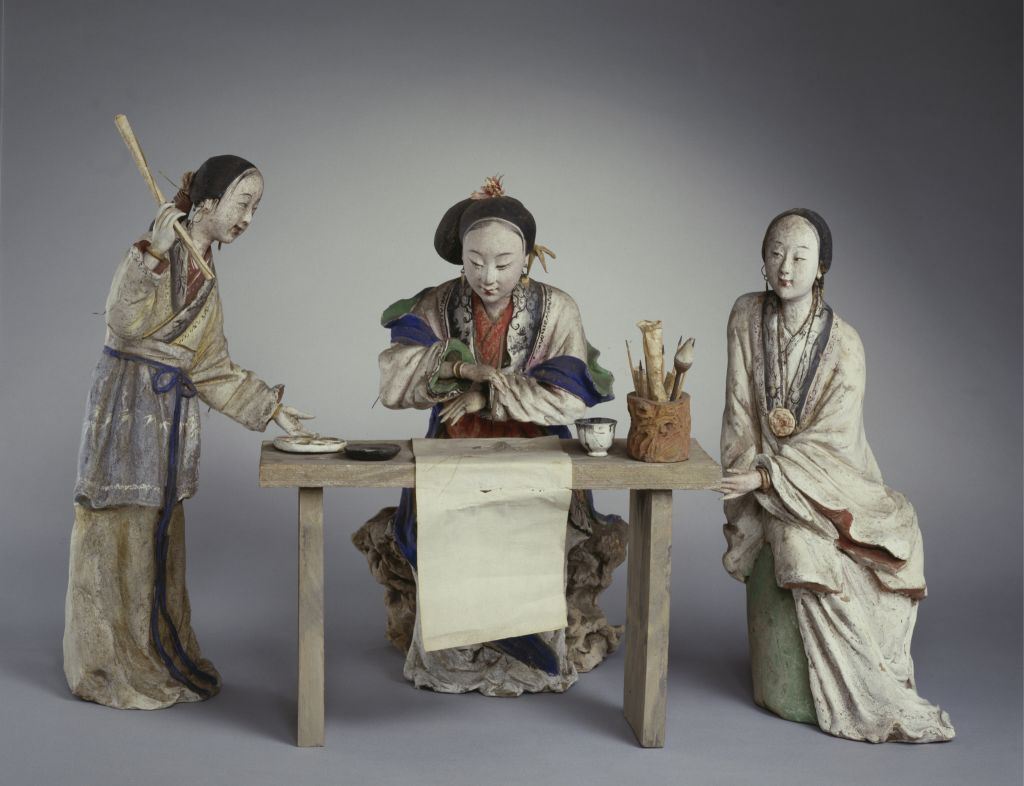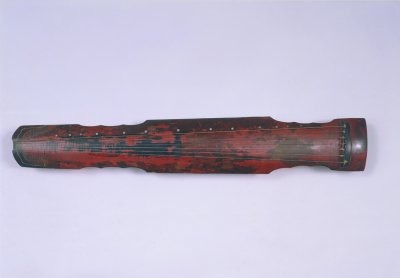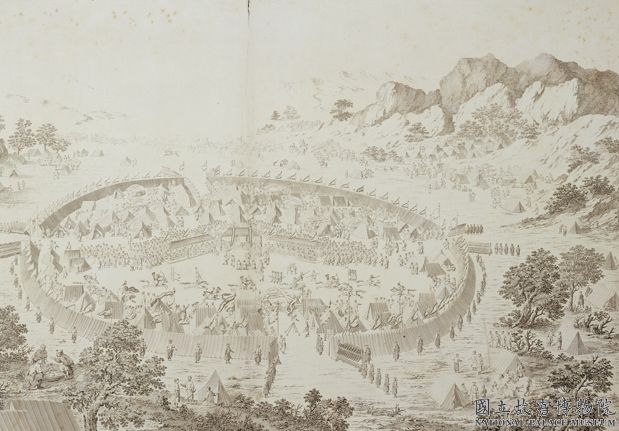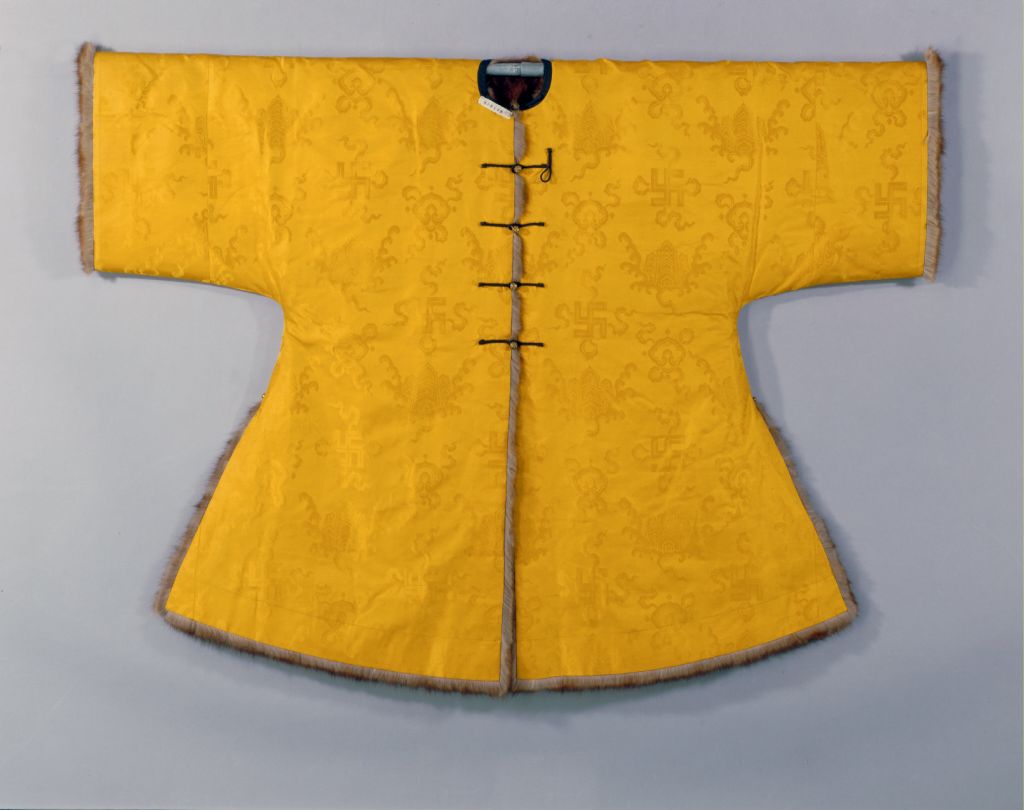[Search Mountain Map Volume]
Search Mountain Map Volume, Song Dynasty, unknown, silk, colored, 53.3 cm vertically and 533 cm horizontally
The volume of “Search for Mountains” shows the story of the folk legend of Erlang God searching for mountains and subduing demons, so it is also called “Search for Mountains by Erlang God”. The story of Erlang God is widely spread among the people and reflected in many literary and artistic works. In the Yuan Dynasty, there was a drama called “Erlang God is drunk and shoots the lock mirror”, which describes the story of Erlang God competing with the nine cow demon kings, Nezha and the golden eye hundred-eyed ghosts, and finally catching the two-hole demon. According to records, the earliest painting by Gao Yi, a painter of the Northern Song Dynasty, “The Painting of Ghosts and Gods Searching for Mountains”, was valued by the emperor. In the later Ming and Qing dynasties, biographies appeared continuously
This volume of “Search for Mountains” is the handwriting of people in the late Southern Song Dynasty or the early Yuan Dynasty. The characters are painted with fine brushwork, and the clothing patterns are painted with iron lines. They are vigorous and powerful, and the image description is vivid and lifelike, and can be reached by extraordinary hands. The trees in the mountains and forests are chapped and bold, which is close to the style of Liu Songnian in the Southern Song Dynasty. Compared with various books on the same subject, this volume is a fragmented one. It lacks the main god, Erlang God, but its painting skills are higher than other books. The picture depicts the divine soldiers and generals searching for all kinds of monsters in the mountain forest. The monsters are all transformed from various wild animals, such as tigers, bears, rags, monkeys, foxes, goats, roes, rabbits, lizards, snakes, and tree spirits. These monsters, either in their original form or as women, are chased by the gods, running for their lives in panic, or hiding in caves, or refusing to be captured. While those generals were holding swords, spears, halberds, vertical eagles and dogs, blocking the front and cutting back, so that the monsters had nowhere to escape. Originally, Erlang God was praised as a positive figure, but after reading this volume, he got a contrary impression. Those divine soldiers and generals, one by one, are evil and make people hate them, while those monsters are kind-looking, and the inner portrayal of terror and escape is pitiful. I don’t know whether the author intended or not, which naturally reminds the audience of the oppression of the people by the officers and soldiers of the society at that time.
![图片[1]-Search the mountain scroll-China Archive](https://chinaarchive.net/Song dynasty/painting/s58de13528f579.jpg)
![[Qing Dynasty] British female painter—Elizabeth Keith, using woodblock prints to record China from the late Qing Dynasty to the early Republic of China—1915-China Archive](https://chinaarchive.net/wp-content/uploads/2022/11/image-191x300.png)




